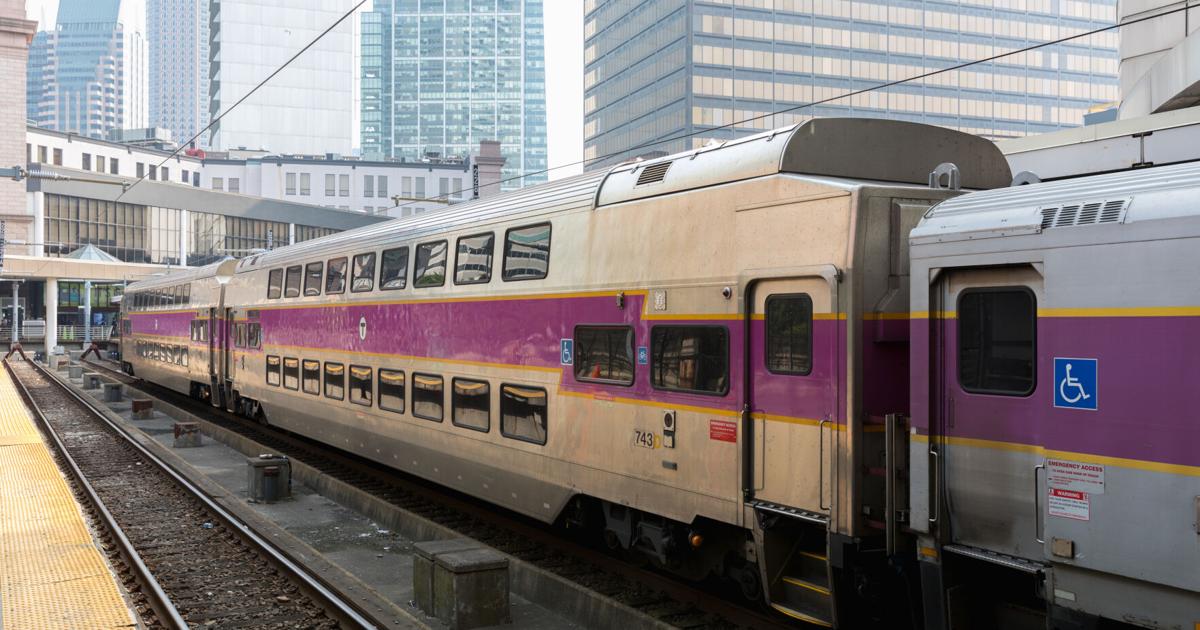The EGE
Senior Member
- Joined
- Jun 29, 2013
- Messages
- 1,761
- Reaction score
- 4,681
A bit OT, but that particular map version is fascinating for a number of reasons:
- The short-lived NH service (Jan 1980 to Feb 1981), which was funded by a federal grant. That grant ran out in 1981, and NH declined to self-fund the service. It was pretty limited (a few daily RT), unlike the currently proposed service. Merrimack got itself a stop in April 1980 (allegedly by blocking trains until they got the stop) which isn't shown here.
- Many other changes are visible. Gardner (open 1980-1987), Shirley (reopened 1981), and Mishawum (not opened until 1984) are shown, and Braintree is dashed for a 1980 opening. The short-lived (1977-79) Tufts University stop and Harbor station (1977-1984) are also shown. Malden Center (closed 1979-1985) is absent. All service is routed over the Fairmount Line during Southwest Corridor construction. Cambridge station has been renamed Porter Square in preparation for the Red Line.
- Conspicuous gaps are present for Riverside and East Foxboro (both closed 1977).
- The Woburn Branch, Providence, and Pawtucket-Central Falls (all closed 1981) are not long for the world. What's old really is new again, as the replacement Pawtucket/Central Falls station will open this year.
- And, of course, the Haverhill Line is odd. The Route 213 branch and the Rosemont/495 stop never actually opened, and North Andover (closed 1974) never reopened. Shawsheen did reopen with the line in December 1979 but was cut in April 1980.


